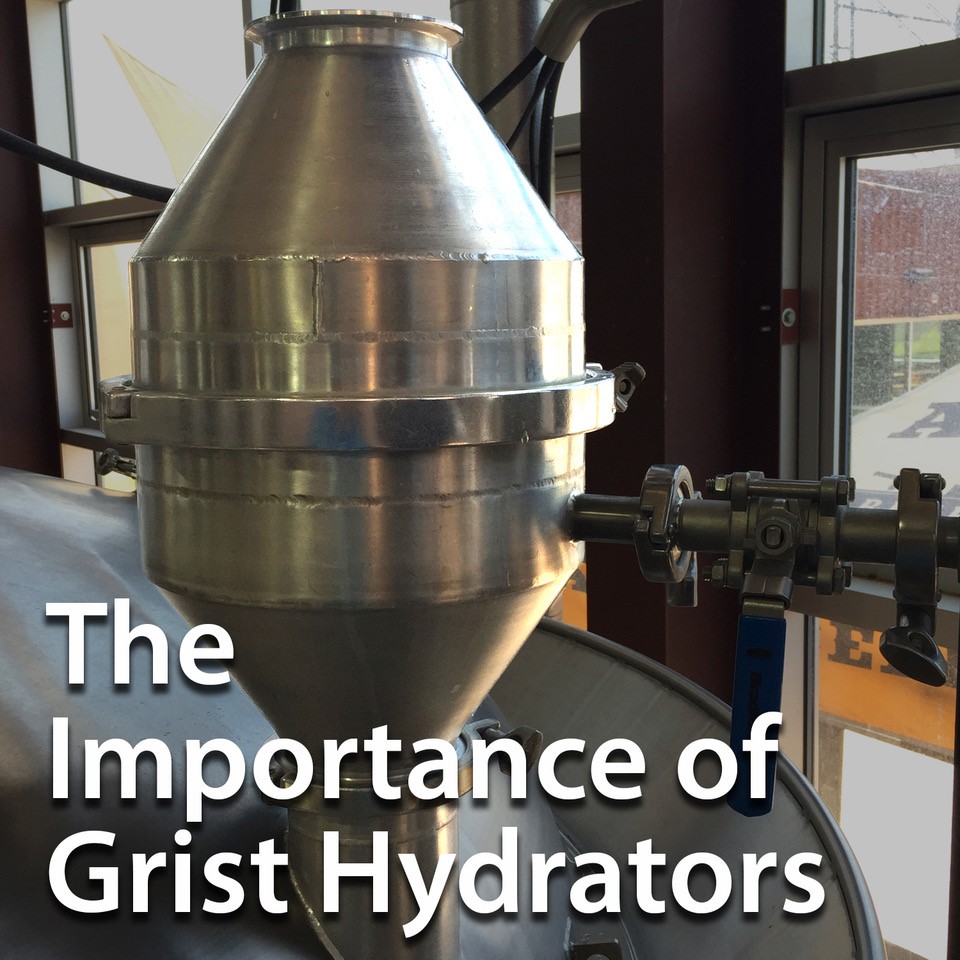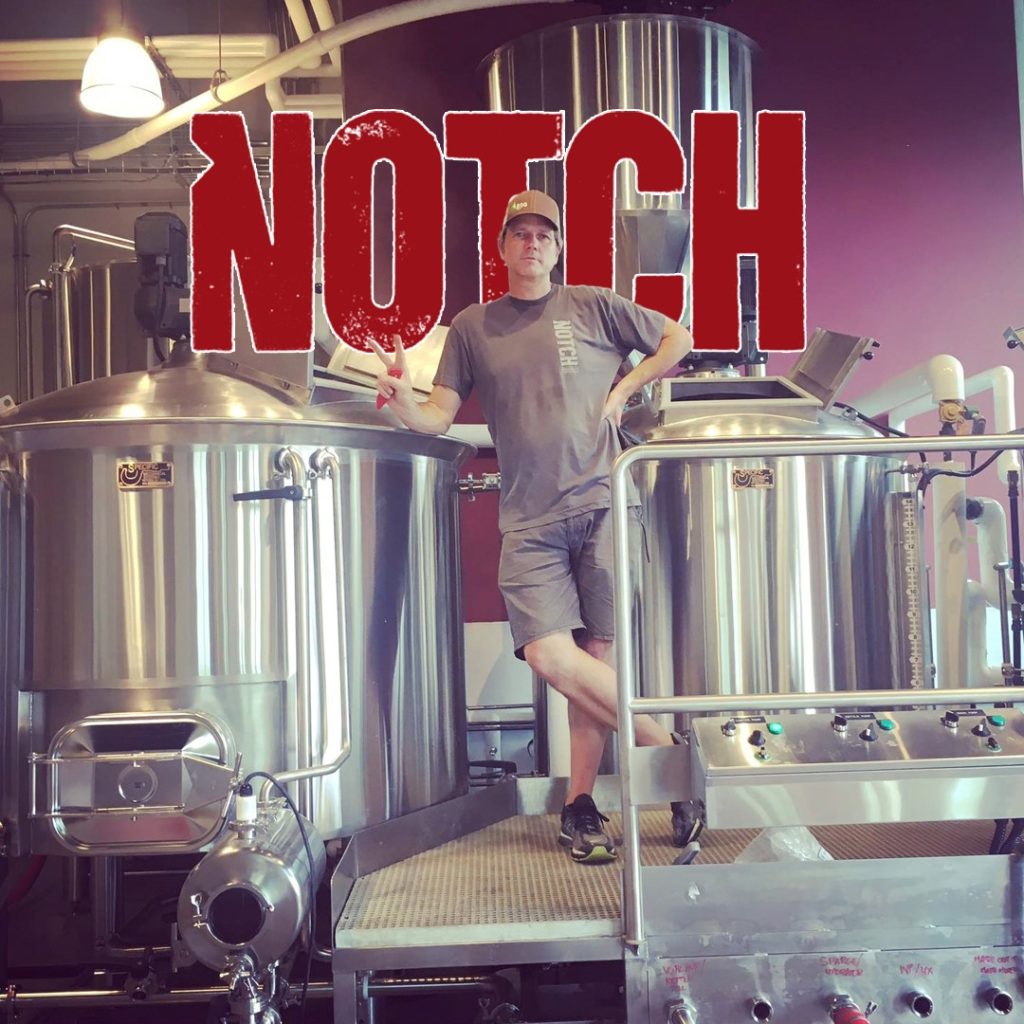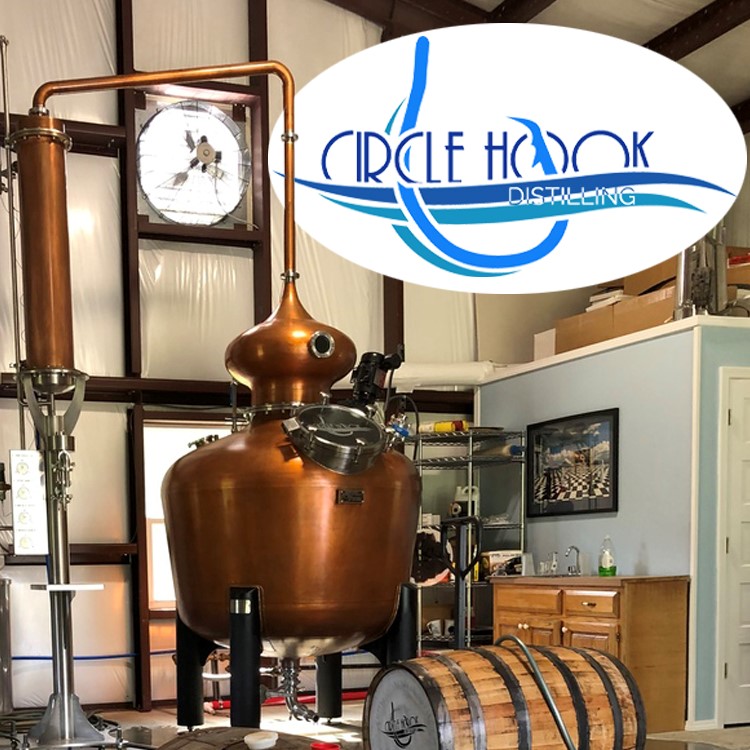In the intricate art of brewing, even the smallest details can have a significant impact on the quality and consistency of the final product. One such detail that has gained recognition among brewers is the grist hydrator. Often underestimated, the grist hydrator plays a crucial role in optimizing mashing efficiency and ensuring a consistent brew from batch to batch.
What is a Grist Hydrator?
A grist hydrator is a relatively simple yet indispensable piece of equipment found in modern breweries. It’s essentially a vessel designed to mix dry milled malt (grist) with water before it enters the mash tun. This preliminary mixing ensures that the grains are evenly wetted and that the enzymatic conversion during mashing takes place efficiently.
Benefits of Using a Grist Hydrator:
Even Moistening of Grains: One of the primary advantages of a grist hydrator is its ability to evenly moisten the grains. This uniform hydration prevents the formation of dry pockets within the grist, allowing enzymes to break down starches more effectively during mashing. Proper enzymatic conversion contributes to higher extract yields and consistent attenuation, resulting in a better-defined and predictable beer profile.
Improved Mash Consistency: Achieving uniformity in mashing is essential for producing consistent brews. Grist hydrators help avoid clumping of grains and ensure a homogenous mixture, preventing the creation of dough balls that can hinder proper enzymatic activity. As a result, brewers can expect consistent sugar extraction across the entire mash, leading to better control over the beer’s flavour, color, and mouthfeel.
Enhanced Efficiency: The use of a grist hydrator can improve overall mashing efficiency. By ensuring thorough hydration of the grist, brewers can optimize the enzymatic activity and starch conversion. This can lead to better utilization of the malt’s potential, potentially reducing the need for additional adjuncts and improving the cost-effectiveness of the brewing process.
Time and Resource Savings: A well-designed grist hydrator can speed up the mashing process by initiating enzymatic reactions more efficiently. With proper hydration from the start, the mashing time might be shortened, resulting in time savings and potentially increased production capacity.
Quality Control: Consistency is a hallmark of successful brewing operations. Grist hydrators contribute to maintaining uniform conditions within the mash, making it easier for brewers to replicate recipes accurately and achieve consistent results across various batches.
Implementing Grist Hydrators:
Integrating a grist hydrator into a brewery setup is a practical step toward enhancing brewing efficiency and maintaining product consistency. Breweries of all sizes, from small craft operations to large-scale facilities, can benefit from this seemingly modest but impactful addition. Customizing the design and operation of the grist hydrator to suit the brewery’s specific needs and capacity is essential for maximizing its benefits.
In the intricate choreography of brewing, the grist hydrator stands as a silent partner, ensuring that the initial steps of the process set the stage for success. By promoting even moisture distribution, improving mash consistency, and boosting overall efficiency, the grist hydrator is a tool that helps brewers maintain their commitment to excellence in every batch of beer they produce.





